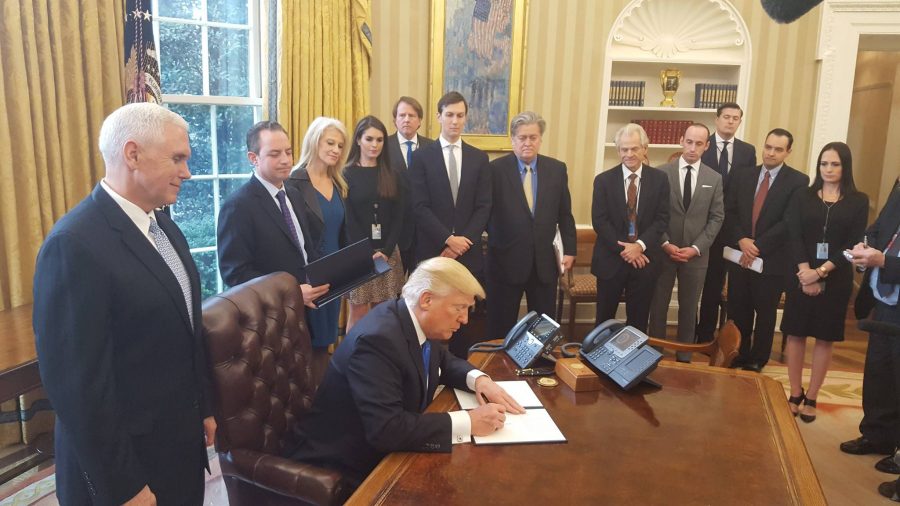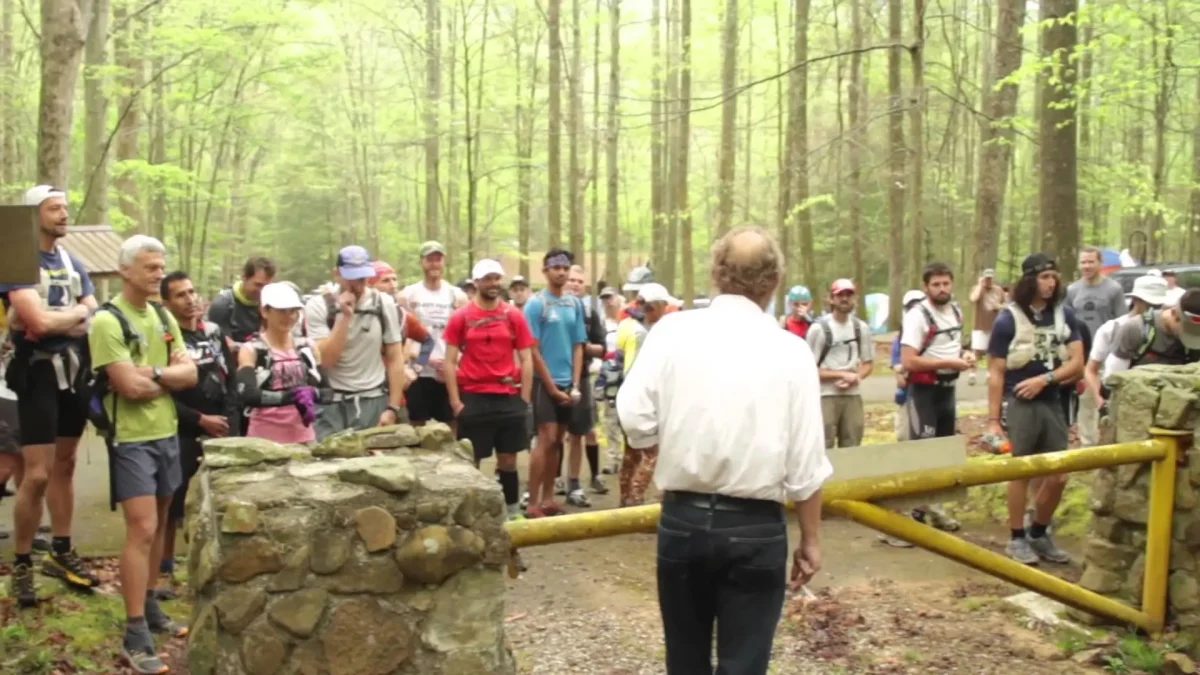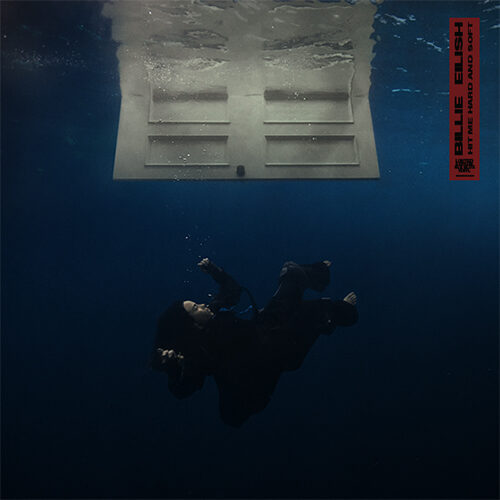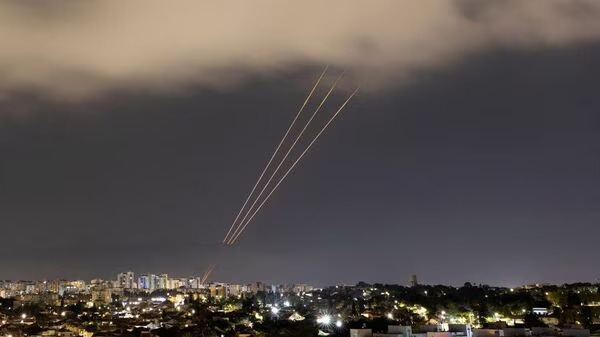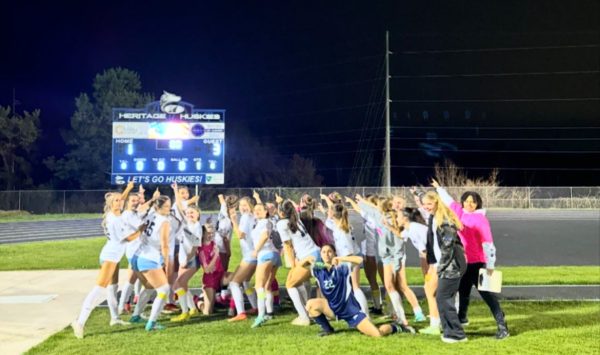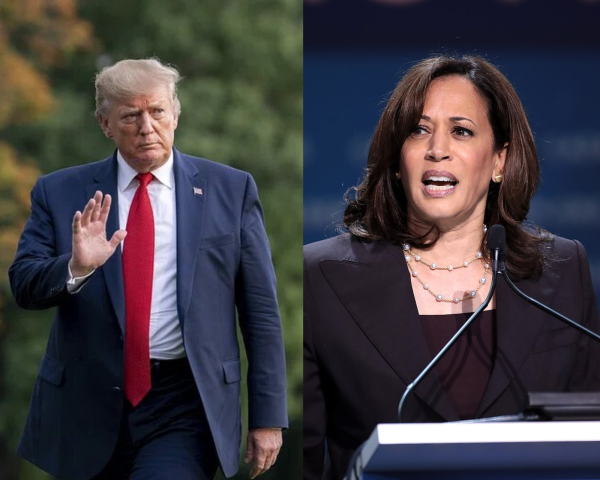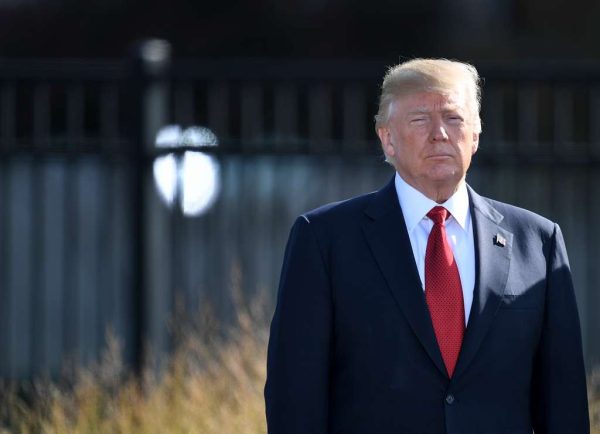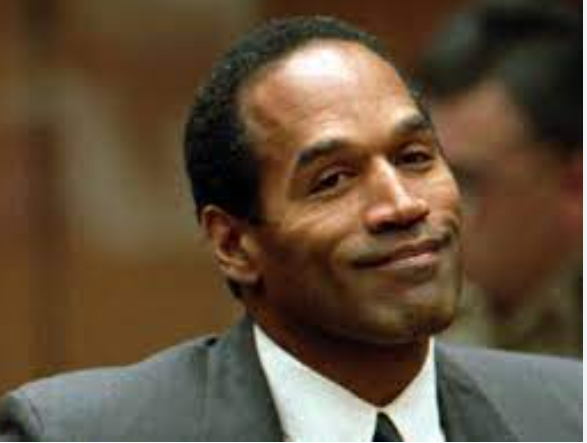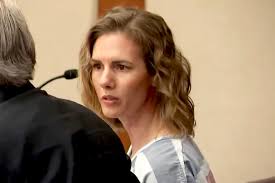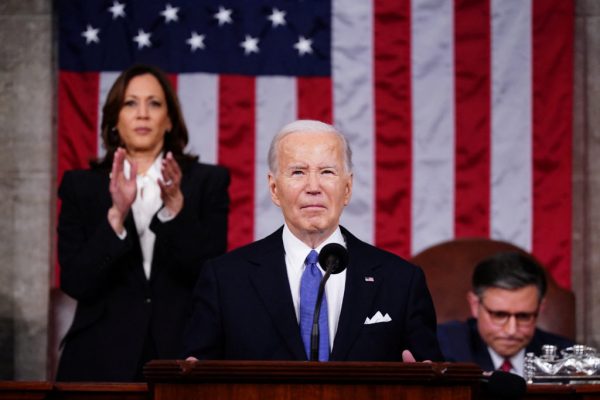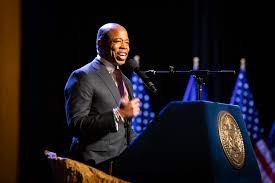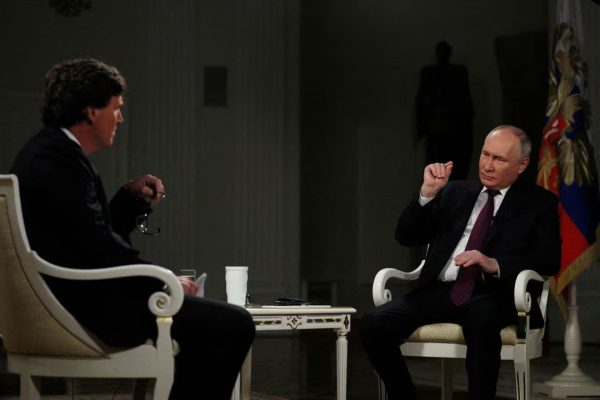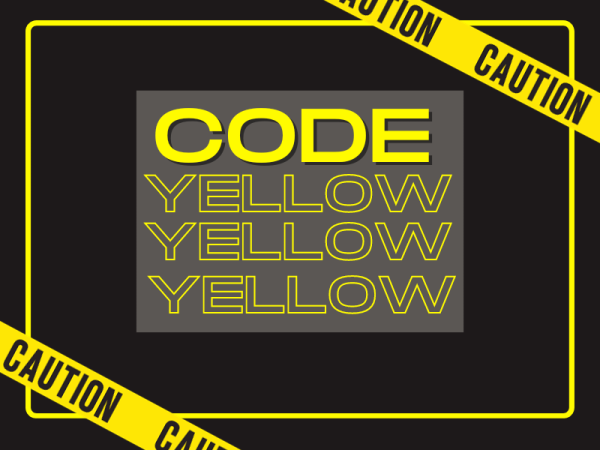2017: The year of executive orders
Starting with his first day in office, President Trump began signing executive orders. He has signed twelve orders in his first two months in office.
February 20, 2017
Only two months into 2017, President Trump’s administration and numerous executive orders have been put into place regarding national security, the Department of Justice, and many more aspects of the United States government. Though a select few have gained extreme national attention, there are executive orders that have not been in the spotlight these past months.
The list begins with the most infamous executive orders regarding immigration policies and construction of the Keystone XL and Dakota pipelines. On January 27, President Trump signed an executive order to suspend immigration and travel from seven Muslim-majority countries: Syria, Libya, Iran, Iraq, Sudan, Somalia, and Yemen. Under this executive order, immigrants from these listed countries would be banned from entering the country for 90 days, while refugees would be banned for 120 days. This included current U.S. citizens and green card holders, sparking anger. On the other hand, individuals from Syria would be banned from the country indefinitely. In response to Trump’s ban, protesters took to the streets and airports to oppose the newly imposed limitations. “Putting aside my personal political beliefs, I think Trump has really rushed into this presidency and it seems like he hasn’t put much thought into many of his actions. The travel suspension from Syria, Iran, Iraq, Libya, Sudan, Yemen and Somalia is a good example of this,” junior Katie Krull said.
Another order very similar to this is the hiring of 5,000 Border Patrol officers to enforce Trump’s campaign promises of keeping illegal immigrants out. As for the Dakota Access Pipeline, the public response was very similar, minus the airports. Celebrities, as well as ordinary citizens, spent time protesting the construction of the oil access pipelines that span across Native American land in North Dakota. There are so many environmental risks that are associated with the construction that environmental activists spent days protesting only to be let down by an executive order. It was believed that this order was imposed to stop the protests and move forward on oil drilling.
To continue the list, four executive orders were signed on February 9. These orders included providing a line of succession within the Justice Department, lessening organized crime and human trafficking, the protection of Federal, State, tribal, and local law enforcement from organized acts of violence, and an order that creates a task force that will propose new legislation to reduce high-profile crimes, illegal immigration, and drug trafficking. After Sally Yates was fired, President Trump deemed it necessary to have an order for succession of individuals selected for the position of Attorney General. The organized crime and human trafficking order intends to cut down on organized violence by cooperating with foreign governments whom have information regarding cartels, human traffickers, and cyber-criminals. The next order dealt directly with the Justice Department. In order to protect law enforcement officials of all kinds, the U.S. government imposed stricter punishments for crimes against officers. It is expected that the current Attorney General will propose legislation to better protect officers down the road.
There were several orders involving U.S. economics; these orders included a layout of the Trump administration’s core principals regarding the current U.S. financial system, reducing regulation cost by slashing two regulations for everyone one proposed, and revising the Affordable Care Act. The most controversial of these listed orders is the editing of the ACA, or Obamacare.
Other orders included enhancing the public safety of the U.S. at home. One executive order began by stripping federal grant money for sanctuary cities and hiring 10,000 immigration officers to protect life on the homefront. In addition, a set of ethics rules were imposed for Executive Branch appointments.


